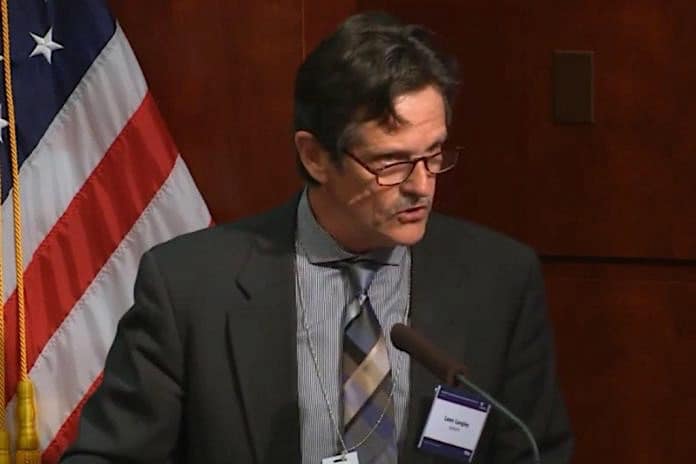The National Highway Traffic Safety Administration invited association officials and student transportation professionals to an informal meeting July 23 titled “School Bus Occupant Protection: Taking Safety to a New Level.” Yet other safety concerns shared the stage with the much-debated issue of whether seat belts should be required on all school buses, not just the small Type A models.
Held at the U.S. DOT headquarters in Washington, D.C., the meeting brought together key industry representatives with officials from NHTSA and the National Transportation Safety Board for what one association leader called an “important and historic discussion.”
By the end of the meeting, Rosekind pledged that this fall NHTSA would present a plan for “next steps” to take not only for this specific issue but overall school bus safety.
In NHTSA’s Fast Lanes blog published today, Rosekind reiterated that school buses are the safest way for children to get around: On average four school-age children lost their lives in bus crashes from 2000 to 2012, compared to 490 killed in passenger vehicle crashes.
“Although school bus design and school bus seats provide compartmentalized protection, we want to continue asking the questions that parents are asking about seat belts while also pursuing other promising avenues toward greater safety,” wrote Rosekind, who previously served as a board member of the NTSB, which put him at the scene of a fatal 2012 school bus crash in Chesterfield, New Jersey that resulted in a student fatality. After investigating this crash and another fatal one in Florida the same year, the NTSB advised states and school districts in 2013 to consider purchasing only seat belt–equipped school buses.
Last month, meeting attendees heard the safety board’s findings and recommendations from their investigation into these two bus crashes from representative Dr. Kristin Poland.
Industry Input
NASDPTS President Leon Langley explained why the association moved toward broader support of seat-belt implementation as a result of the NTSB report. (NAPT and NSTA did not change their position.) He also clarified that they support widespread seat belt implementation but not necessarily a federal mandate, preferring that this remain a local decision.
Ronna Weber, executive director of NSTA, said it is important to have data to make an informed decision about the need for lap/shoulder belts on school buses. “As an association, our greater concern lies in the student fatality rate in the danger zone area around the bus,” she added. “We encourage NHTSA to consider all options for enhancing school bus passenger safety before deciding on one.”
Tom Cohn, transportation director of Helena (Montana) Public Schools, and Bob Downin, former transportation director at Bartholomew (Indiana) Consolidated School District, addressed the most common arguments against seatbelt implementation, including the high cost and loss of capacity.
“There’s been a lot of discussion on how money should be spent and how much (seat belts) cost,” said Cohn, who requested seat belt–equipped buses in his contract bid after gaining school board support in 2012. “It cost us about seven cents a day through a five-year contract … which we thought was pretty cheap insurance for students.”
Besides the added protection provided by the three-point belts, Cohn noted that the belts actually improved student behavior on the bus — making it easier for drivers to focus on the road.
Downin, whose district began purchasing school buses with three-point belts in 2010, said their discipline referrals dropped 90 percent. “To me, that’s one of the best safety features of the lap/shoulder belts,” he continued. “Have you been in a school bus and seen how often the driver looks up in the rearview mirror?”
In the end, he figured they lost one seat per bus because of the safety restraints. “Transportation directors rarely plan on 100-percent capacity. So that should not even be a factor,” said Downin.
Later that afternoon, three groups met in breakout sessions to discuss ways to address school bus safety hazards and industry challenges such as educating the public about school bus and loading zone safety, as well as the lack of federal funding for new safety equipment like seat belts.
In closing, Rosekind said NHTSA plans to collect more data on all of the above, including input from “real world” student transporters who can submit more feedback online.
“There are a lot of local needs and differences only you can handle. There are a lot of moving parts. But our group is going to look at the entire picture of enhancing the safety of student transportation,” continued Rosekind. “The school bus is the safest way to get your child to school, but can we make it safer?”
Check out the September issue of STN for more detailed coverage of this meeting.















